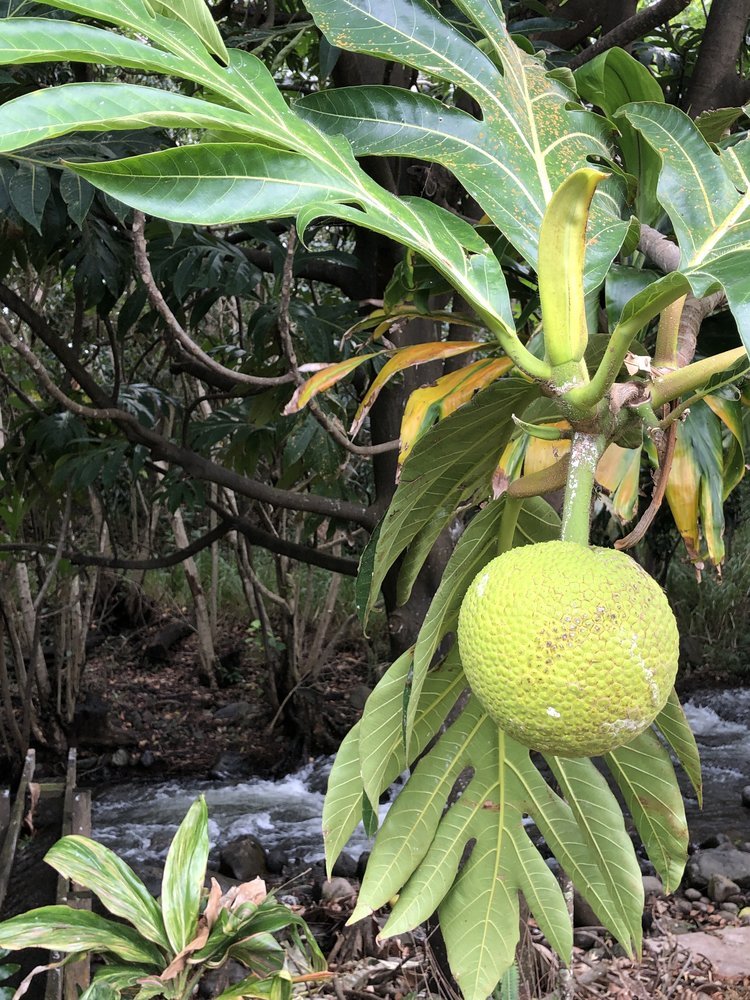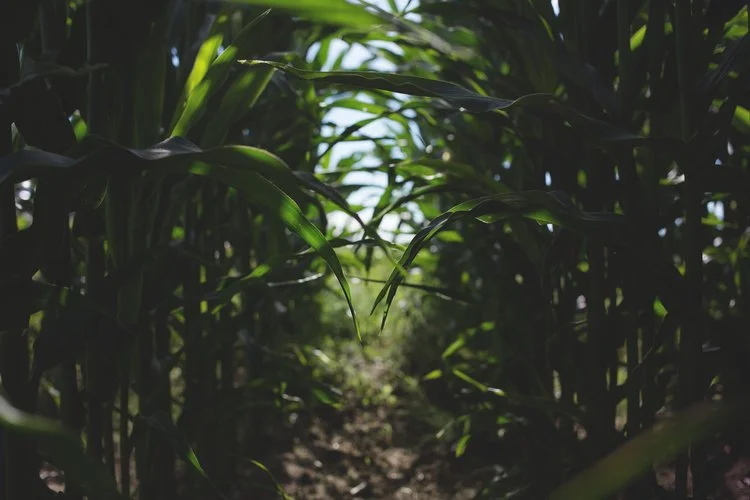Food Security Hawaiʻi believes…
that the solution to island-wide food security and global climate change are one in the same - creating carbon-rich fertile soils for local food production.
Food Security Hawaiʻi’s goal is to transform Hawaii’s agriculture, agroforestry, & aquaculture systems within the climate change era. Our ambition is to create a food hub within a worker-owned cooperative and community-based food systems all while using innovative regenerative agriculture & technology.
We have a strong consortium of concerned citizens, farmers, environmental activist, and philanthropists in the field of sustainable and regenerative agriculture.
“Replacing just 10% of the food Hawaiʻi currently imports would amount to approximately $313 million dollars which would remain in the State.”
Food Security Hawaiʻi began as…
BioBamboo”- a 501C3 non-profit organization in 2010 with a mission to mitigate global climate change, via soil rejuvenation, by growing bamboo. This is a time when few were acknowledging that there was a serious problem with our climate. As the movement to restore soil carbon as a solution to climate change grew in popularity, BioBamboo began to turn its attention to the Hawaiian islands. We understand that creating self-reliant food security depends on soil fertility. We are committed to rejuvenating Hawaiian soils for nutrient-rich food production by sequestering atmospheric carbon in Hawaiian soils. BioBamboo has changed its name but not its founding mission!
Our Urgency
Hawaiʻi does not currently have a functional agricultural infrastructure, healthy soil, or a plan for food security. Poverty and poor diet translate to the highest percentage of people in the U.S. on food stamps/SNAP, and a statewide diabetes crisis.
Hawaiʻi has the most geographically isolated population in the world, some 2,500 miles from the North American continent, and more than 85% of our food is imported at a cost of $6.8 billion per year. Workers have the lowest average income in the US, yet Hawaiʻi is the most expensive state in which to live; food costs are 61% higher than in the rest of the USA. Hawaiʻi consistently loses farmers from its already small community as land costs are prohibitive and profit elusive. We anticipate further cost increases as US mainland crops fail into 2019 from flooding and other disasters.
Hawaiʻi does not currently have a functional agricultural infrastructure, healthy soil, or a plan for food security. Poverty and poor diet translates to the highest percentage of people in the U.S. on food stamps/SNAP, and a statewide diabetes crisis. Our current State agricultural budget is a meager 0.4%, and efforts to increase this amount have not yielded any incremental changes for FY2019 or proposed FY2020.








